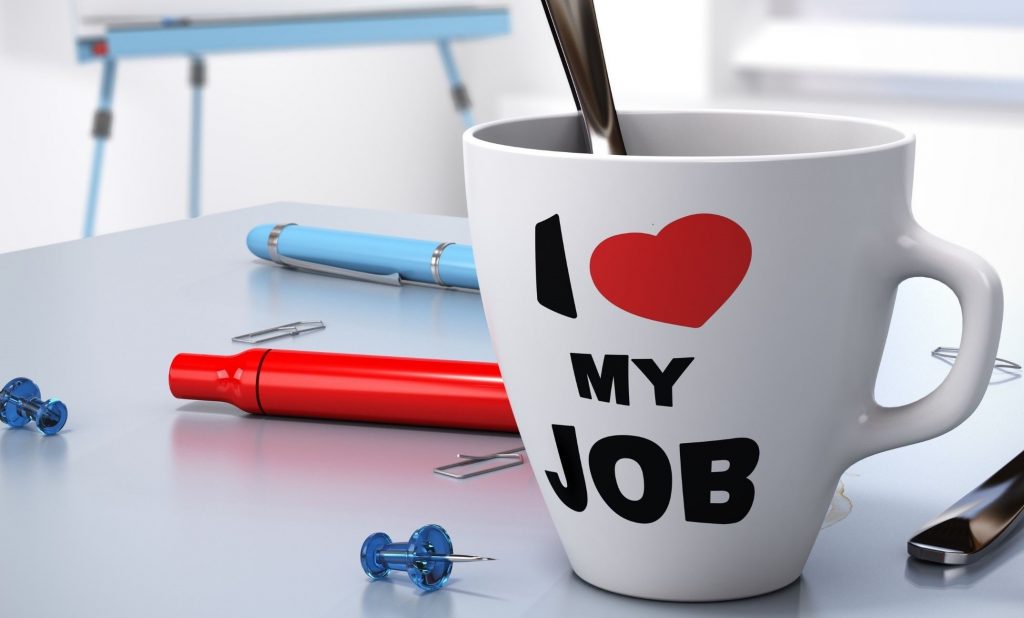2020 has had a momentous impact on wellbeing, including the wellbeing of our workplaces.
Many have now realised that workplace wellbeing is a virtuous cycle, as in, when employees have higher wellbeing, there are positive outcomes for organisations too. So it shouldn’t come as a surprise that as we start to come out of some pretty challenging times, one of the top priorities for a number of organisations is wellbeing.

Several businesses have already looked at how to increase wellbeing. Yet most programs to date have been seen as a tick-in-the-box exercise, gimmicky or a band-aid solution to much bigger problems. They tend to focus on wellness or physical health (e.g., fruit boxes, discounted gym memberships or kombucha on tap) as opposed to wellbeing. Although these are a good start, they won’t necessarily result in a reduction in burnout, performance improvements or a positive ROI. These factors can be referred to as the icing on the cake. But there’s no point in having icing if you haven’t got a cake base to ice. You need to get the wellbeing fundamentals right before adding these additional elements.
Or when it comes to wellbeing, workplaces focus on supporting those with mental illness only, which is only part of the picture. A wellbeing strategy should incorporate this aspect, as well as practices to prevent harm but also those that promote the positive so it touches every employee in the organisation (LaMontagne et al. 2014).
The business case for workplace wellbeing
Workplace wellbeing shouldn’t be viewed as an expense but a smart investment strategy. Organisations that successfully implement effective wellbeing practices should expect a positive return on investment of $4 for every $1 spent (Deloitte; KPMG; PwC; WHO) through improved productivity (from reduced absenteeism, increased presenteeism and lower numbers of compensation claims relating to mental health).
Organisations that prioritise wellbeing are also more appealing to new talent particularly Generation Z, shareholders and other stakeholders.
Chris Cummings, CEO Wellbeing @ Work Global, questions “would businesses cut corners and find cheap, quick fixes to their IT infrastructure when it is such a critical element of performance and success?” There could be a desire to invest little (i.e., money, time and resources) when considering workplace wellbeing initiatives, yet given how costly lost productivity, absences and staff turnover is, this should justify the spend.
What benefits does workplace wellbeing provide?
A number of studies have been undertaken in the past that highlight the benefits of workplace wellbeing both for the employee and organisation including some of what is listed below.
| Employee | Organisation |
| Greater engagement and performance | Greater engagement and performance |
| More resilient | Increased sales and profit |
| Increased productivity and energy | Improved client satisfaction |
| Stronger organisational commitment | Decreased staff turnover |
| Less stress, greater physical health, fewer sick days | More attractive to talent |
You might think that each of these outcomes can only occur during good times. Yet research by the Wellbeing Lab has found that thriving can be achieved despite the struggles we may be experiencing. Because greater wellbeing means we’re resilient and more able to handle the ongoing change and uncertainty present in our new world.
Whose responsibility is workplace wellbeing?
Typically, it’s tempting to pass responsibility for wellbeing to the Human Resources department (HR). But there’s a few issues with this, namely that HR might not have the skills or knowledge around wellbeing or the resources to manage these initiatives.
Additionally, if wellbeing is critical for business success, it should be on the agenda at board meetings. Leaders also play a big role in an employee’s wellbeing, and should be responsible for planning and implementing wellbeing practices and pushing them down as a priority throughout the organisation.
However, wellbeing in the workplace is also every employee’s responsibility.
What does workplace wellbeing look like?
Like any change or new strategy to be embedded, workplace wellbeing needs to be considered from a holistic and systematic perspective.
As such, wellbeing in the workplace should look at the ‘me, we and us’ dimensions of an organisation (Jarden & Jarden, 2016). Some examples of practices or initiatives to include at each level are outlined below.
Me (employee level)
- Prioritise and manage own wellbeing
- Know and use strengths
- Adopt a Growth Mindset
- Express gratitude
- Cope with stress.
We (relational level)
- Support job crafting
- Foster high-quality connections and trust amongst teams
- Ensure clear communication
- Play to the team’s strengths
- Have regular wellbeing check-ins
- Set achievable goals
- Provide in-the-moment feedback
- Allow for autonomy.
Us (whole organisation level)
- Develop a strategy and culture that prioritises wellbeing
- Measure wellbeing
- Have wellbeing processes and policies
- Upskill leaders and employees on wellbeing
- Foster an environment of psychological safety
- Cultivate a shared sense of of purpose
- Recognise and reward employees.
How is workplace wellbeing measured?
Wellbeing is not one-dimensional but multi-faceted so it can’t be measured properly by asking one question in an employee engagement survey.
When considering ways to measure it, understand firstly what’s important to wellbeing for your workplace and find a measurement tool that looks at these factors.
Once you have captured wellbeing data from your organisation, be sure to use this information to determine the strategies you’ll adopt.
Workplace wellbeing can challenge some of the traditional ways of thinking and leading that many are used to. Yet our current world poses new problems, which is why need to adopt innovative approaches that are backed by evidence to build wellbeing so our workplaces can thrive in the future.




